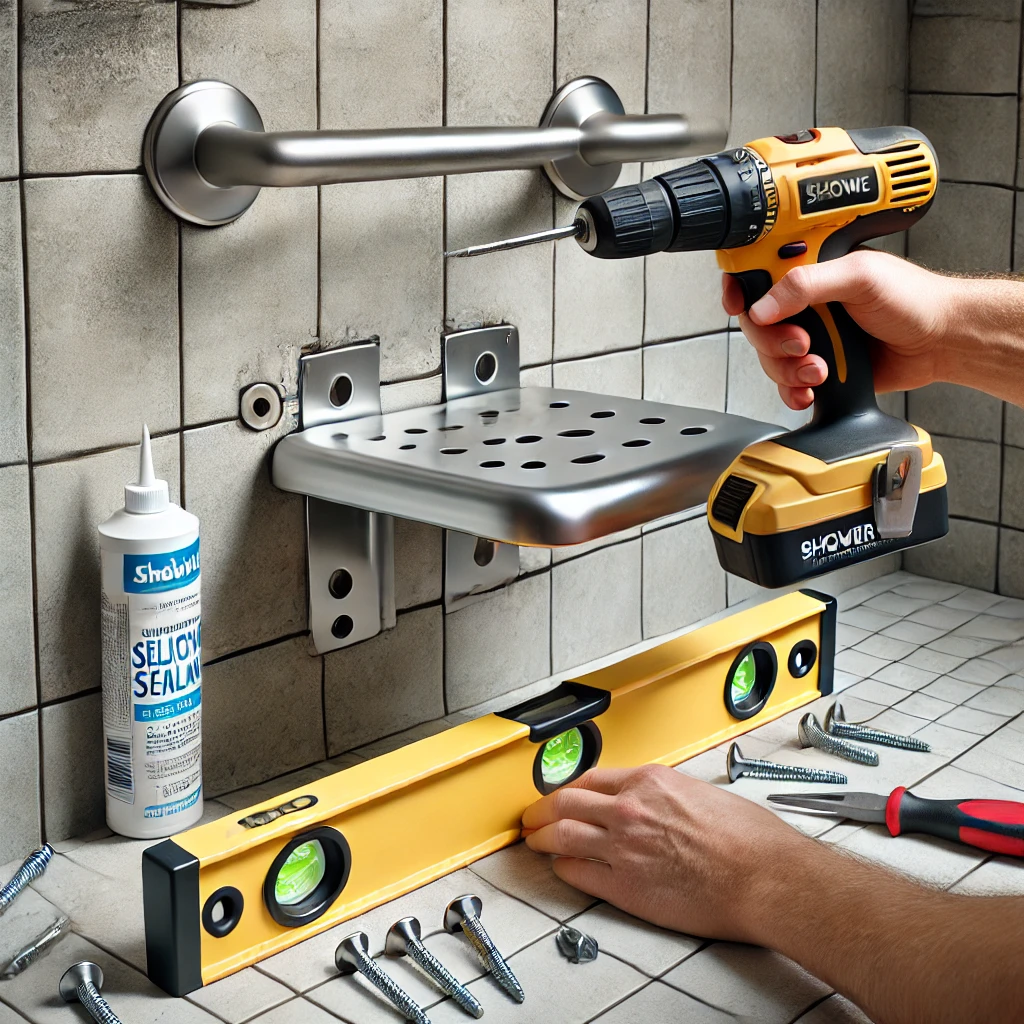Introduction
A door threshold is a critical yet often overlooked component of any doorway. It serves multiple purposes, including sealing the gap between the door and the floor, preventing drafts, keeping out moisture, and ensuring smooth access. Whether you are building a new home, replacing an old door, or upgrading your entrances for better energy efficiency, understanding the role of a door threshold is essential. In this article, we will explore what a door threshold is, its various types, how to install it, and the benefits it offers for both residential and commercial spaces.
What is a Door Threshold
A door threshold is the strip or piece of material placed at the bottom of a doorframe where the door meets the floor. It acts as a transition between two spaces, such as from the interior to the exterior of a building or between rooms with different flooring levels. Door thresholds help create a smooth and secure fit for the door, preventing unwanted elements such as drafts, dirt, or pests from entering the space.
Thresholds come in various materials, including metal, wood, vinyl, and rubber, to suit different needs and environments. In addition to improving the appearance and functionality of doors, thresholds play an essential role in energy efficiency by sealing gaps and reducing air leaks.
Types of Door Thresholds
Residential Door Thresholds
These thresholds are commonly used in homes and apartments to improve insulation and prevent drafts. They often feature weatherstripping to create a tight seal when the door is closed, enhancing comfort and energy efficiency.
Commercial Door Thresholds
Commercial thresholds are designed to withstand heavy foot traffic and provide durability in public spaces. They are commonly made from aluminum or stainless steel and may feature non-slip surfaces for added safety.
Saddle Thresholds
Saddle thresholds have a raised middle section that resembles the shape of a saddle. They are often used for exterior doors and commercial applications, providing a secure seal while allowing for a smooth transition between spaces.
Thermal Break Thresholds
Thermal break thresholds feature an insulating material between two metal sections, reducing heat transfer and preventing condensation. These thresholds are ideal for areas with extreme temperatures, improving energy efficiency.
ADA-Compliant Thresholds
ADA-compliant thresholds are designed to meet the accessibility requirements of the Americans with Disabilities Act. They are low-profile thresholds that allow easy passage for wheelchairs and strollers without compromising the door’s seal.
Benefits of Installing a Door Threshold
Energy Efficiency
A well-fitted door threshold helps reduce air leaks, improving the energy efficiency of a building. By preventing drafts and maintaining indoor temperatures, thresholds contribute to lower energy bills and a more comfortable living environment.
Weather Protection
Door thresholds keep rain, snow, and moisture from seeping under the door, protecting interior spaces from water damage. They also help prevent the growth of mold and mildew by keeping moisture at bay.
Pest Control
Gaps under doors can serve as entry points for insects and rodents. A door threshold with a secure seal eliminates these gaps, keeping unwanted pests out of your home or office.
Noise Reduction
Door thresholds create a barrier that helps block noise from entering or leaving a room. This is particularly beneficial for homes near busy streets or for office spaces that require quiet environments.
Improved Safety and Accessibility
In commercial spaces, thresholds with non-slip surfaces enhance safety by reducing the risk of slipping. ADA-compliant thresholds also ensure accessibility for people with disabilities, making it easier for everyone to access the building.
How to Install a Door Threshold
Gather the Tools and Materials
Before you begin, you will need the following tools and materials:
- Door threshold of the appropriate size
- Measuring tape
- Hacksaw or miter saw (for cutting)
- Screwdriver or drill
- Screws and anchors
- Caulking gun and sealant
Measure and Cut the Threshold
Measure the width of the doorway to determine the size of the threshold. Use a hacksaw or miter saw to cut the threshold to the correct length. Make sure the cut edges are smooth to ensure a proper fit.
Prepare the Doorway
Remove any old threshold, if applicable, and clean the area thoroughly. Check the doorframe and floor for any damage and make repairs as needed to ensure a smooth installation.
Position the Threshold
Place the threshold in position at the bottom of the doorframe. Ensure it fits snugly and aligns with the edges of the doorframe. If necessary, use shims to level the threshold and ensure a flush fit.
Secure the Threshold
Using a drill or screwdriver, attach the threshold to the floor with screws or anchors. Make sure the screws are evenly spaced for stability. For metal thresholds, use screws designed for metal surfaces.
Seal the Edges
Apply a bead of sealant along the edges of the threshold to create a watertight seal. This will prevent moisture from seeping under the threshold and provide additional insulation.
Maintenance Tips for Door Thresholds
Inspect Regularly
Inspect door thresholds regularly for signs of wear, cracks, or damage. Address any issues promptly to maintain the threshold’s effectiveness.
Clean Thoroughly
Keep thresholds clean by removing dirt, dust, and debris. Regular cleaning prevents the buildup of grime and ensures smooth operation.
Replace Weatherstripping
If your threshold includes weatherstripping, check it periodically for signs of wear. Replace worn or damaged weatherstripping to maintain a proper seal.
Lubricate Moving Parts
For thresholds with moving parts, such as adjustable models, apply lubricant to keep them functioning smoothly.
Check for Loose Screws
Ensure that the screws securing the threshold are tight. Replace any missing or damaged screws to maintain stability.
Conclusion
A door threshold is a small but essential component of any door system, offering numerous benefits for both residential and commercial spaces. From improving energy efficiency and weather protection to enhancing safety and accessibility, thresholds play a vital role in the functionality of doors. With various types and materials available, you can choose a threshold that meets your specific needs and complements your door design.
Installing and maintaining a door threshold is a simple yet effective way to enhance the comfort, security, and efficiency of your space. Whether you are upgrading your home or outfitting a commercial building, investing in high-quality thresholds ensures smooth access and long-lasting performance.






Leave a Reply